A Brief History of the Rice Hotel
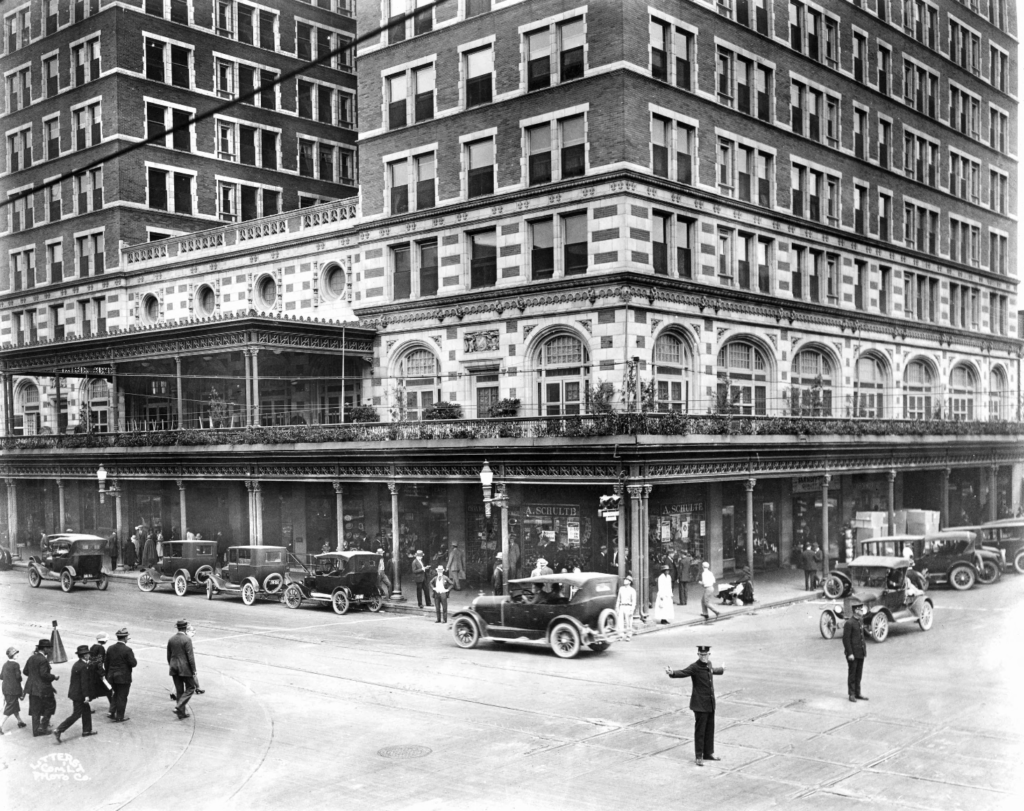
Litterst Commercial Photo Co./ 1925
Houston’s Rice Hotel is one of the most iconic and recognizable structures in Houston, but few know the history of the legendary land that it sits on. I
Capital(ol) Origins
The site of the Rice Hotel originally belonged to the capitol building of Texas. Yes, you read that correctly – Houston, not Austin, was the capital of Texas in 1836, 1839, and again from 1842 to 1845.
The Allen brothers constructed the original capitol building from wooden planks. Once Austin was permanently designated as the capital of Texas in 1845, the Houston building was no longer needed. The former capitol building was repurposed as a hotel named The Capitol Hotel and served Houston’s travelers until 1877.
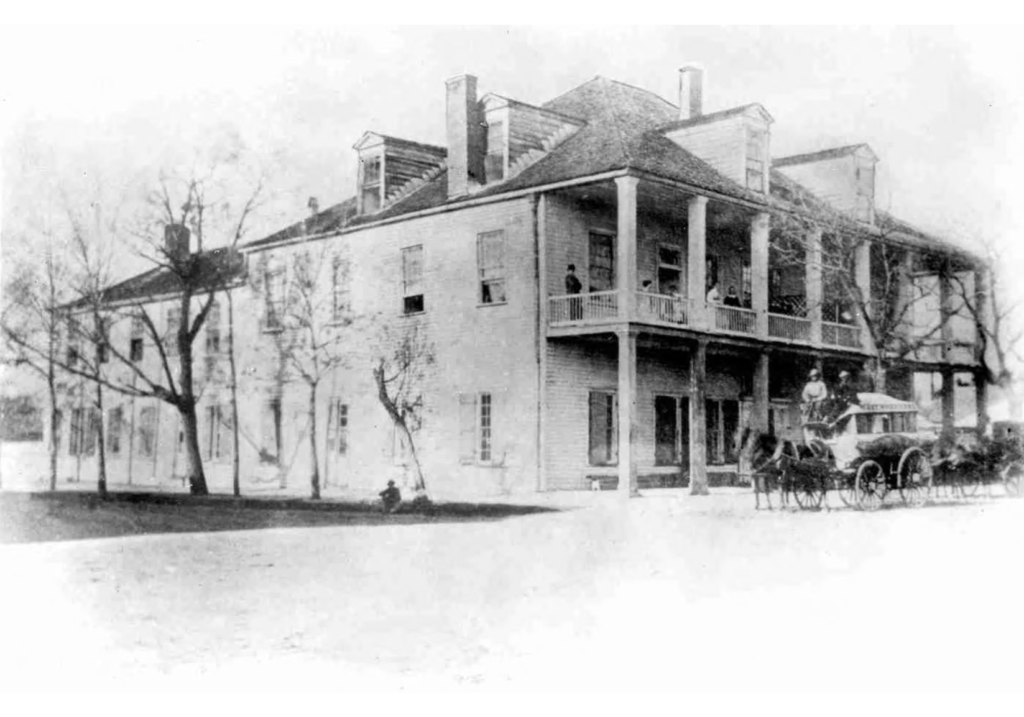
Barnes House
In 1877, J. L. Barnes, a successful hotel proprietor who managed other hotels properties in Texas, leased the building. He renovated the hotel, refurnished the interior, and renamed it Barnes House. Between 1877 and May 1881, the Barnes House was one of the most popular lodging establishments in Houston, hosting many important guests.
It remained a Houston staple until its demolition in May 1881.
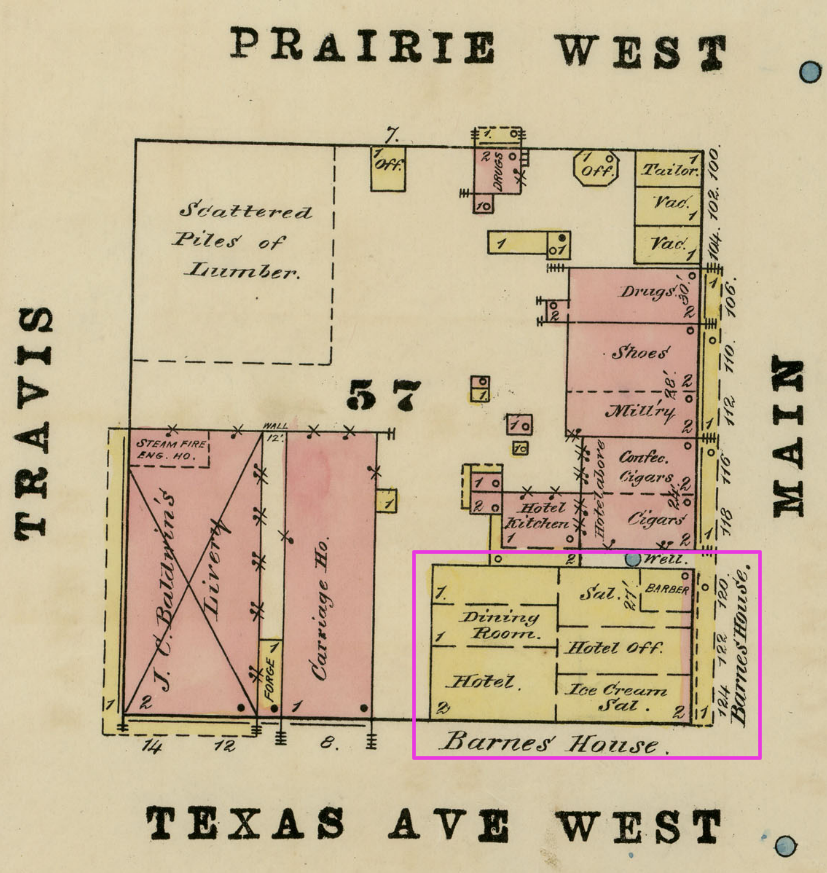
5th Avenue Hotel…Or Not?
Here, things become a bit confusing. The Houston Daily Post reported the following on May 4, 1881:
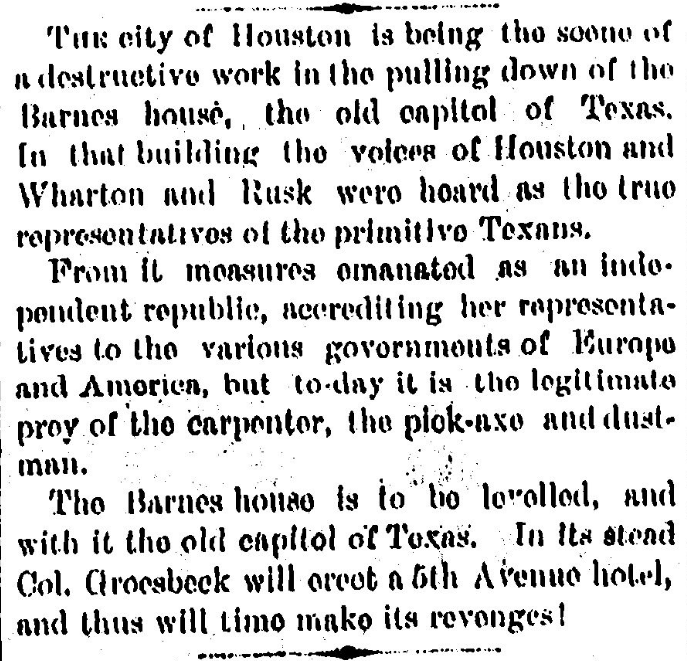
“The city of Houston is being the scene of destructive work in the pulling down of the Barnes house, the old capitol of Texas. In that building the voices of Houston and Wharton and Rusk were heard as the true representatives of the primitive Texans.
From ill measures emanated as an independent republic, accrediting her representatives to the various governments of Europe and America, but to-day it is the legitimate prey of the carpenter, the pick-axe and dust-man.
The Barnes house is to be levelled [sic], and with it the old capitol of Texas. In its stead Col. Groesbeck will erect a 5th Avenue hotel, and thus will time make its revenges!”
In the above news clipping, a Colonel Groesbeck was apparently in the process of building a new establishment named, 5th Avenue Hotel, on the site.
Atleast, that’s what I thought until finding another Houston Daily Post article dated 2 years later on June 24, 1883. This one was reporting the April 12th, 1878 suicide of Colonel Groesbeck (Right click + Open image in new tab for best visibility):
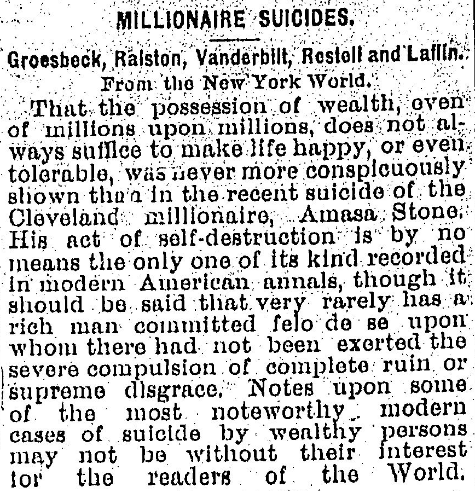
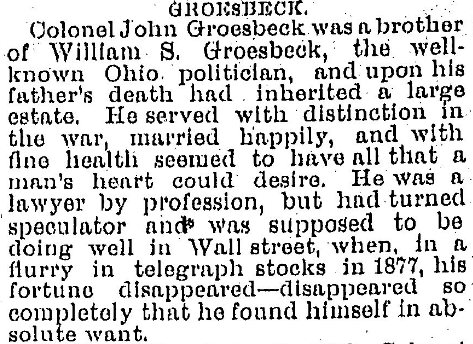
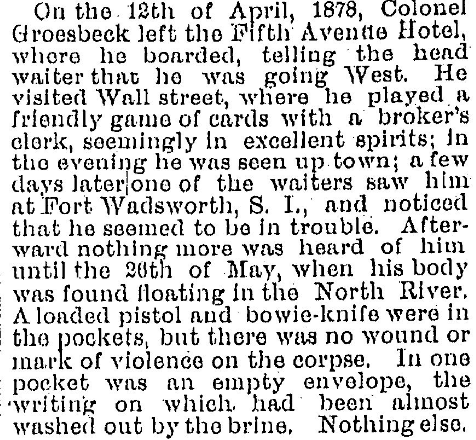
The May 4, 1881 Houston Daily Post printing may be a mistake, since it seems that Col. Groesbeck had already been dead for two years at the time of the demolition.
The Rice Era
After Groesbeck’s death, Houston’s William Marsh Rice purchased the site. After Rice’s murder in 1900, the Rice Institute, today known as Rice University, gained ownership of the property. The hotel was then renamed in his honor, giving it the name we are all so familiar with today: The Rice Hotel.
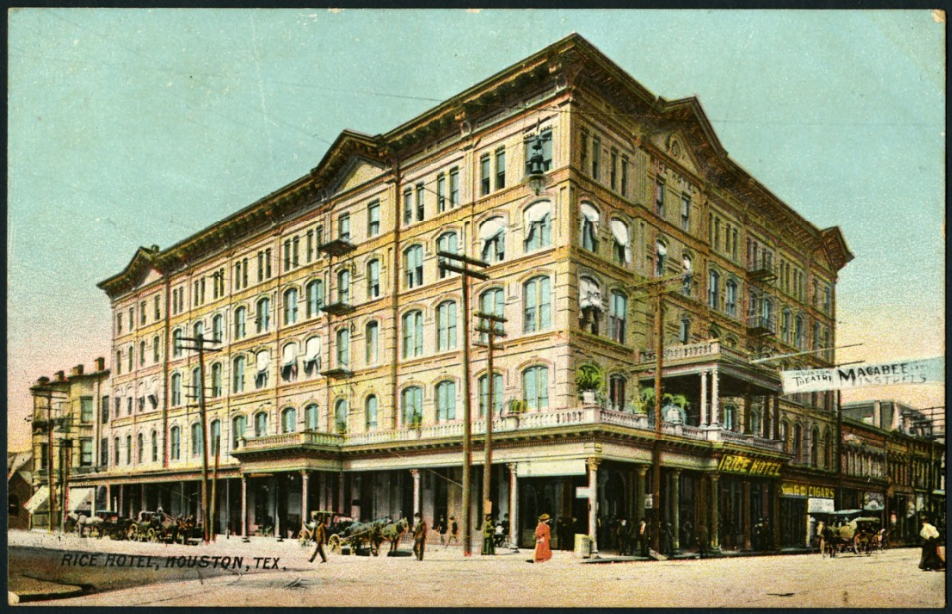
The five-story brick building had a wealth of foundational, structural, and plumbing issues which made it unfit for sale. Due to this, Jesse Jones, famed Houston developer, worked out a deal with the Rice Institute and proceeded with plans for a new hotel.
The building was demolished and a brand new Rice Hotel was again built on the property in 1912. In 1925 the third wing was added, creating the Rice Hotel we know and love today.
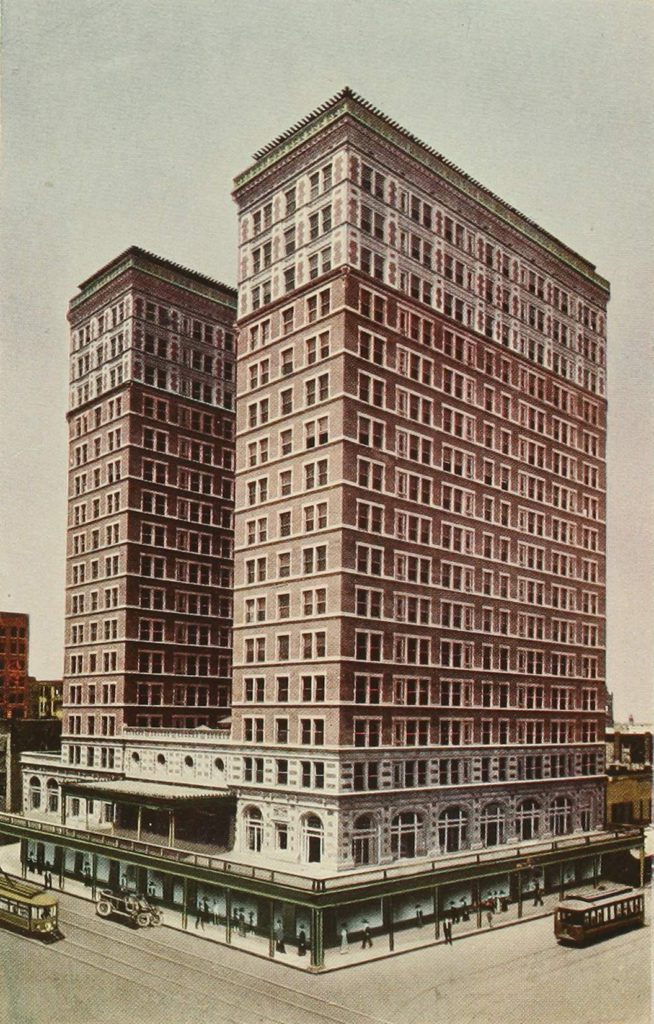
The building underwent extensive interior renovations in the 70’s, and in 1998, the building re-opened as The Rice featuring high-end, luxury lofts.
In addition to being a historical landmark, The Rice Hotel is also famous for:
- The first public-space in Houston with air-conditioning.
- John F. Kennedy attended a gala at the Rice Hotel, only to be assassinated in Dallas the next day.
Below, is a Google Street View of the site today: